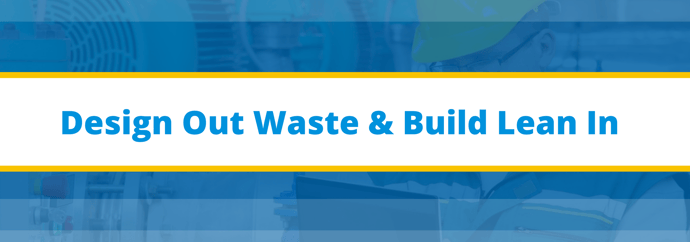
Industrial Automation may have eased the manufacturing sector’s worries about an abundance of things, but there are undoubtedly times where over-automating a unit isn’t the solution.
It is noted that product and process designs take up 80% share of the total manufacturing costs, but almost always control engineers work hard to reduce the 20% left, rather than rectifying any errors in the former. The father of Toyota’s Production System, Taiichi Ohno devised seven canons of any design process that account for wastage of resources, and ultimately drive up costs. Today, the concept is known as Lean Manufacturing, and heavily followed throughout the world. These seven wastes included overproduction, waiting, transportation, over-processing, inventory, defects and motion.
A prime example of Lean Manufacturing would be eliminating the need for a conveyer for operators who work on assembly lines. By simply designing or redesigning the associated assembly lines next to each other, not only can costs for transportation be saved but operators can work with greater productivity. This example may require fewer changes, however there are manufacturing units that are highly complex and altering them would only over-complicate things.
The major focus of engineers should therefore be on the design process, because as they move ahead in the development process the resources, time & money, required to rectify an issue would only increase several-folds.
Lean Manufacturing is a well known strategy for achieving waste reduction, and is highly revered by engineers worldwide. Note that waste needs to be cut without compromising productivity and overburdening the workers.
Rule of Ten
According to the Rule of Ten, as the design phase progresses, any problems that occur require 10 times more money, time and resources for rectification. This means engineers and technicians should be extremely careful not to rush through the design phase, and proceed with caution, testing each prototype as it is deployed. It is reiterated over here that design costs take up over 80% of the entire manufacturing process, so any mistake would require years of profits to equalize the cost.
Reducing Waste by Design
Each subsequent process step must be designed close to each other so that wastes of transportation and motion can be cut off. Doing so would make sure that the upcoming part is required right after the current process is completed. However, this also means that room for error during design-time would be minimal. The machines would need to have:
- High Mean Time to Failure
- Low Mean Time to Repair
- Standardized parts & supplementary equipment
Involvement of Management
The Management Division of any company should be involved in the manufacturing process regularly, whether it’s in the form of start-up meetings, performance reports or market analysis. Doing so would enhance coordination and enable tuning the machines up/down preemptively, according to the market demands.
This would also keep the manufacturing heads in light of the company’s financial standing so they would opt for a proper design rather than adding wastes to the plant.
The final goal should be safer workplace, greater productivity, innovative manufacturing processes, increased flexibility and lowered costs. Having such goals would improve the company’s financial standing, turn-up the competitiveness and increase the Return on Invested Capital.
Visit premierautomation.com to see how you can improve your current operations, or contact us to speak to an expert for more helpful tips!



